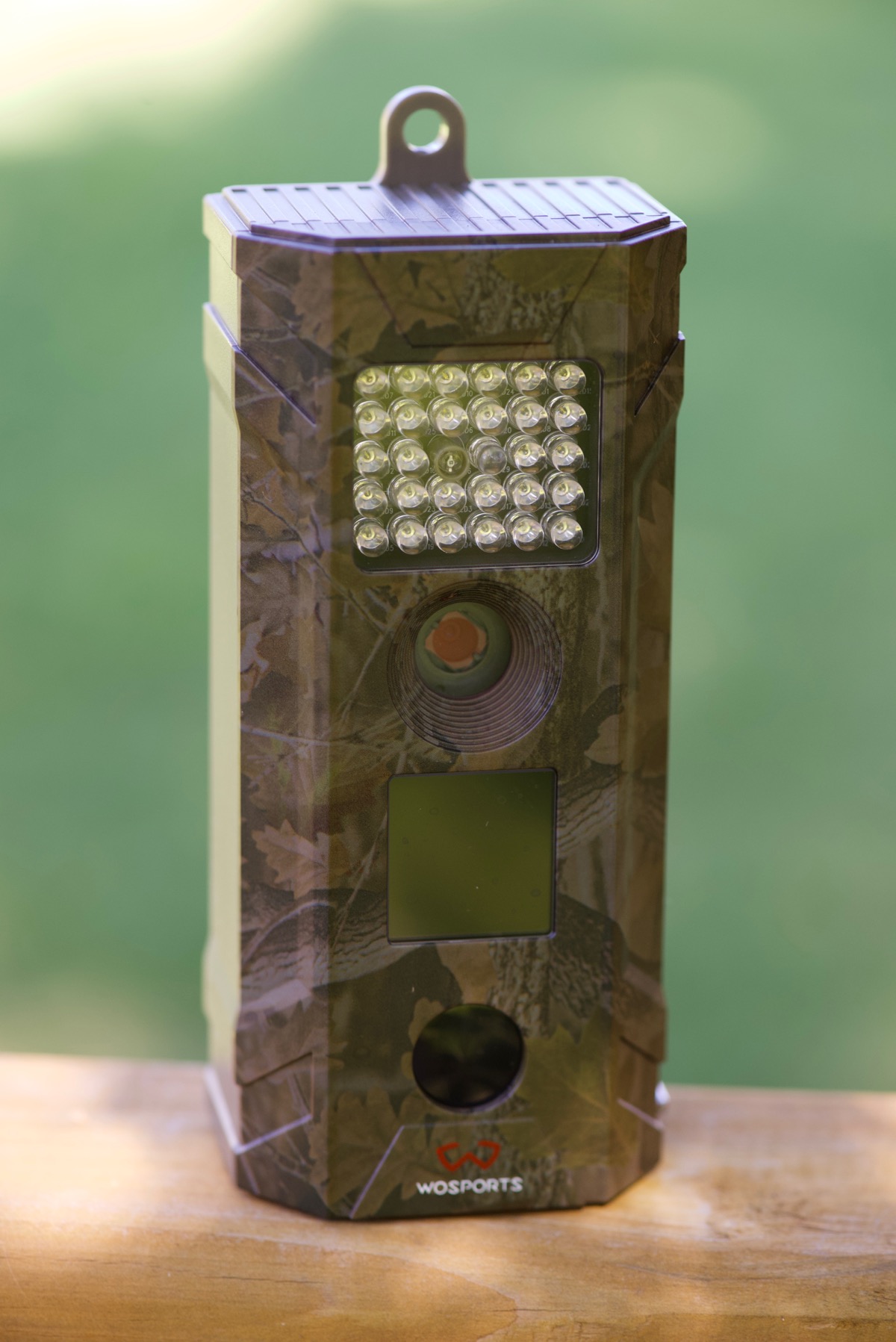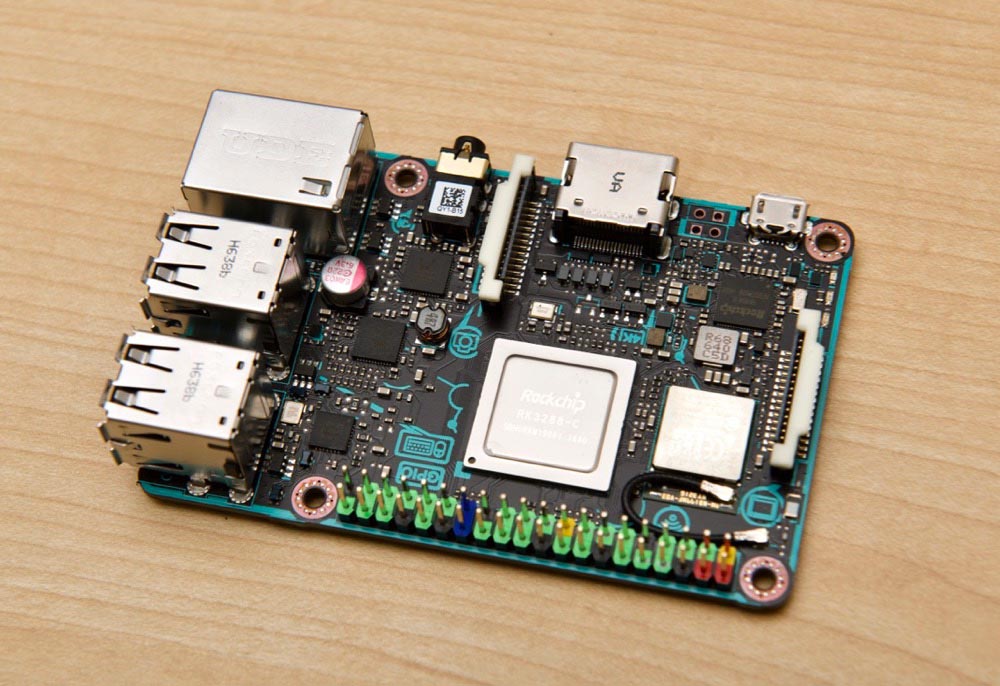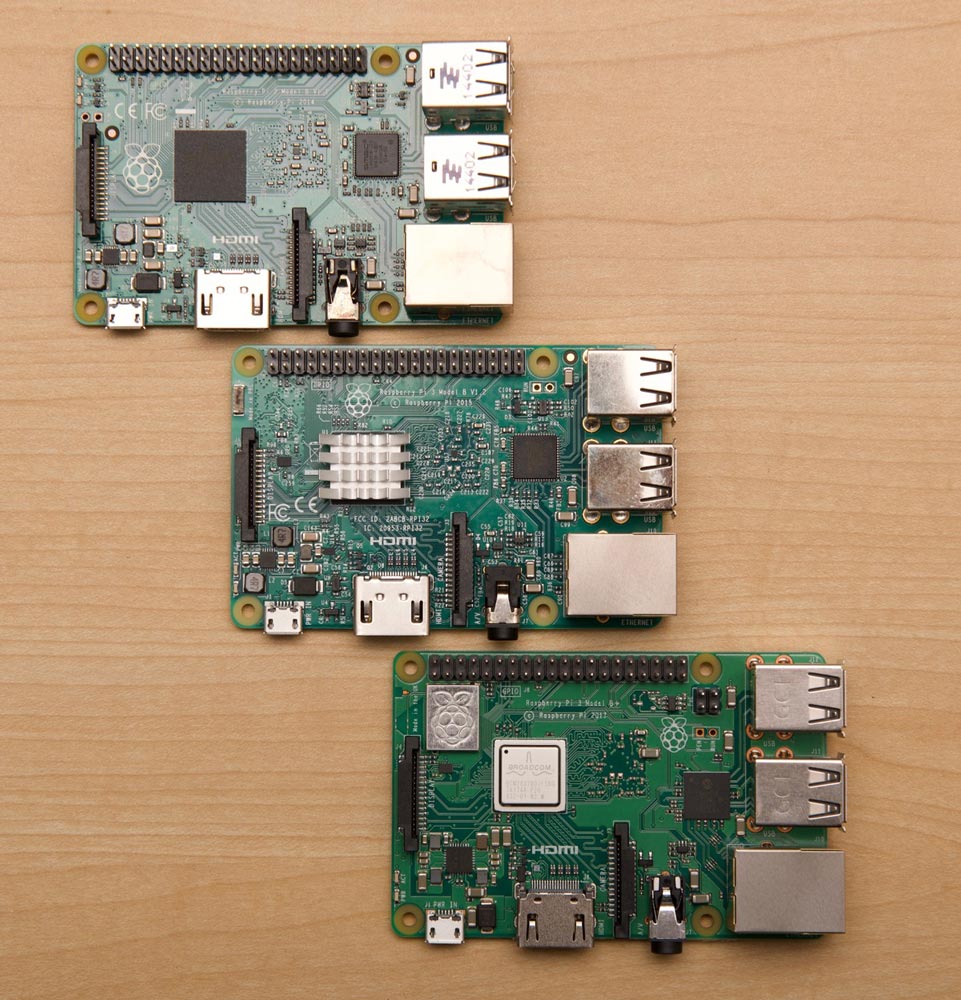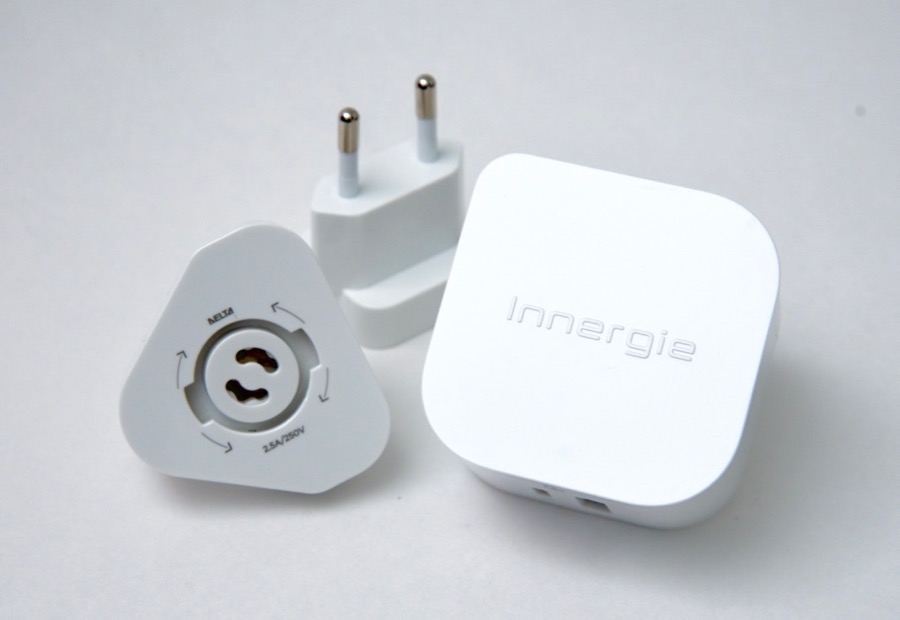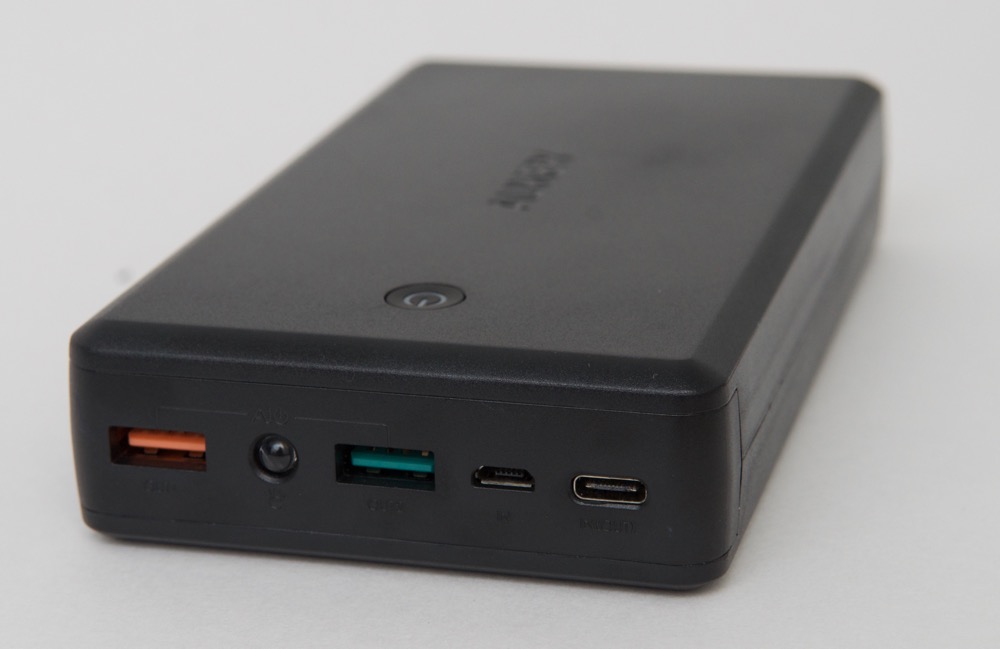Review: Night soccer with the Nikon 300mm f/2.8 VR II
There are a few events every year which I'm privileged to be asked to photograph, and one of them is the annual Souls and Goals soccer cup, a soccer match between priests and seminarians in the Archdiocese of St. Louis.
This soccer match is held on a (usually very cold) night in November, at a stadium with less-than-stellar lighting. For last year's game, I rented a Nikon D500 (D500 review here, and used it with my Nikon 70-200mm f/2.8 VR lens (roughly 300mm equivalent on the D500 body). It was very nice, and the focus system on the D500 (borrowed from the penultimate sports DSLR, the D5) is second-to-none.
But I wasn't thrilled with the low-light performance on the D500. And I wanted to try something new this year. So I rented monster lens—the Nikon 300mm f/2.8 VR II:
